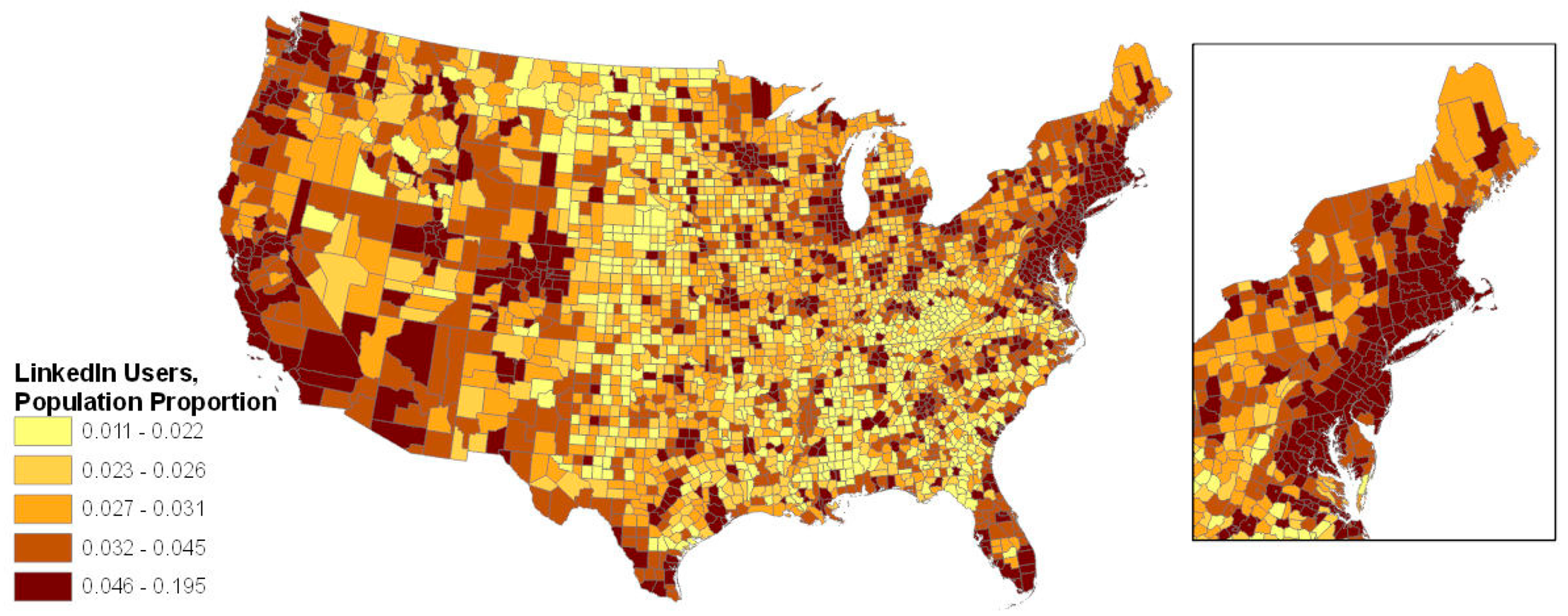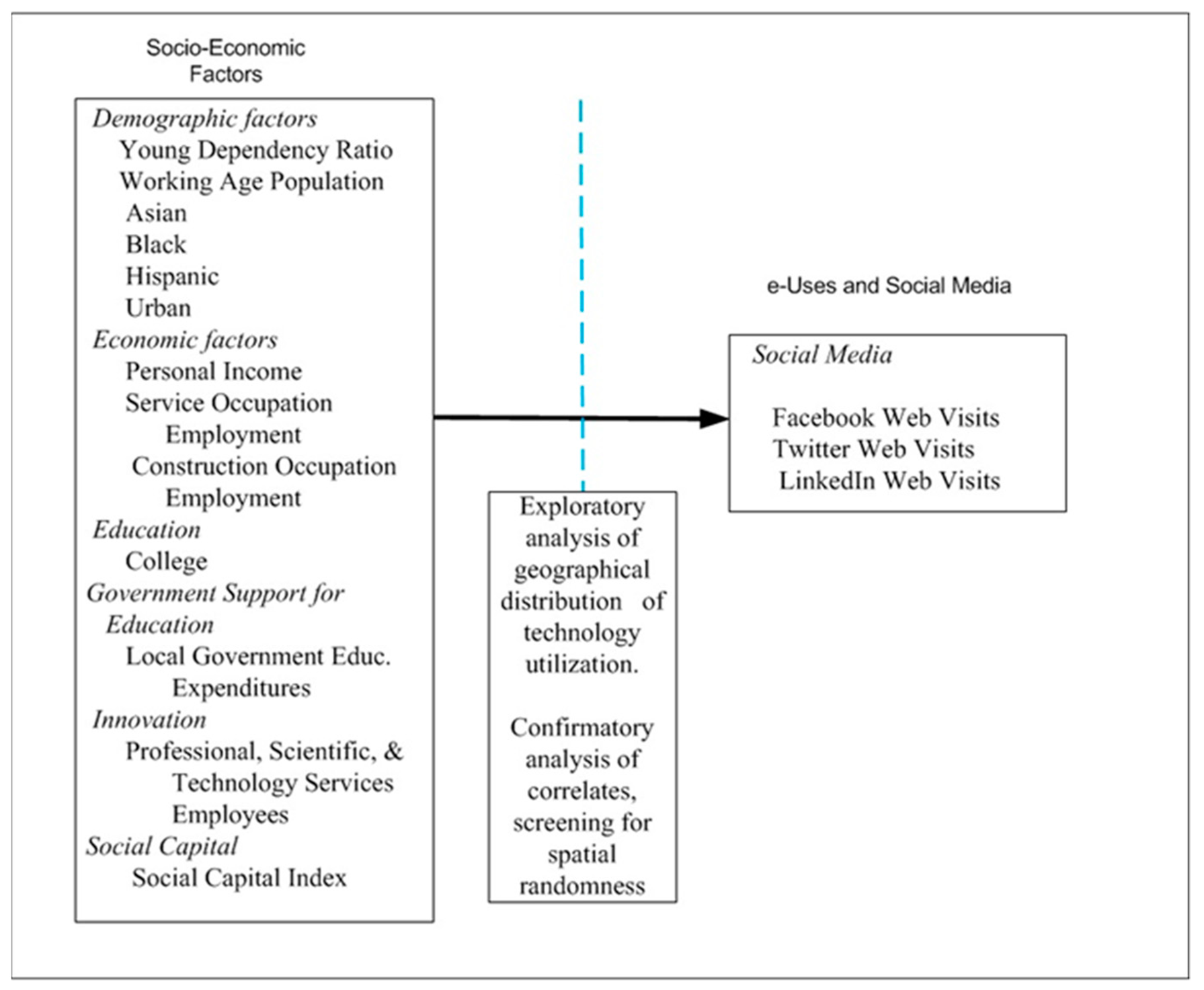
The concepts of space and place are highly interrelated as “(w)hat begins as undifferentiated space becomes place as we get to know it better and endow it with value” (Tuan, 1977,p.6) From the perspective of Malpas (1999), place is understood to have two main components. First, place encompasses social activities and institutions that within the structure of a place becomes expressed by its inhabitants. Second, place also encompasses physical objects and events that interact with social activities.
Location, locale and sense of place represent three building blocks to both understand individual places as well as the relation that places have to each other. In the realm of the physical world, Agnew (1987/2014)argued that location referred to the specific position of a particular place. Even though locations in the physical sphere are governed by well-developed and institutionalized scales, this does not apply to the same extent within the digital space. Instead, location still represents a relatively ambiguous concept in social media. Because of this, one of the main challenges relating to the issue of location is arguably that places within the social media space, as they continuously undergo rapid transformations also affect the relative location of other social media place.
The contemporary social media space and the digital places it encompasses could be argued to mainly relate to two of the main features of place as suggested by Agnew (1987/2014) –locale and the sense of place. Addressing the question of location of digital places, however, becomes an issue relating both to scales but, perhaps more importantly, the character of social media landscape.4.1.4 Landscapes in social media. 4.2.3 Sense of place in social media.

Auto300
A spatial approach to social media
Social Media Use in American Counties: Geography and Determinants